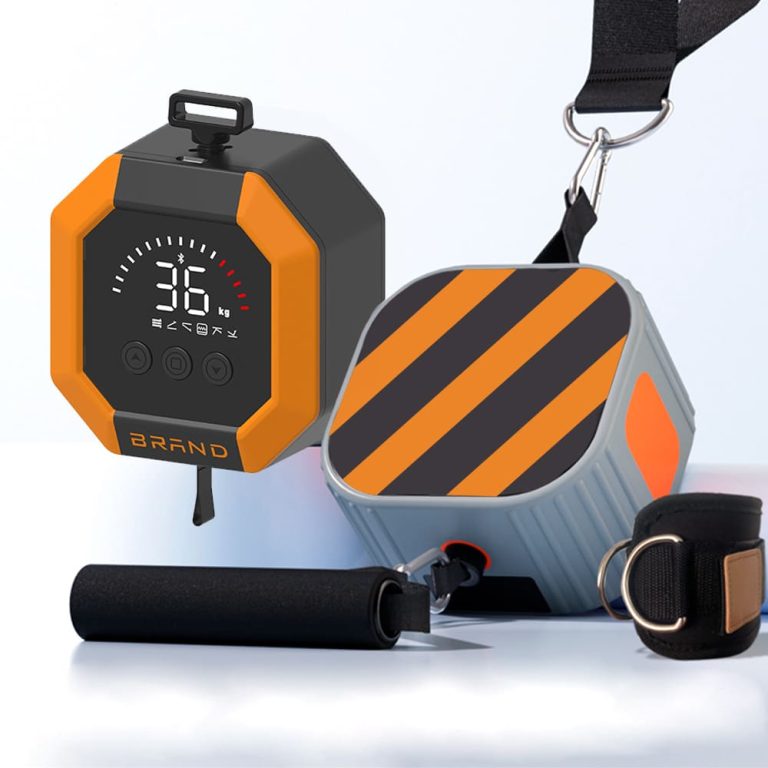How Compression Pumps Help Improve Circulation in the Legs

Compression pumps are a type of medical device used to improve circulation in the legs. They work by applying pressure to the legs, which helps to reduce swelling and improve blood flow. This can help to reduce the risk of developing serious health conditions such as deep vein thrombosis (DVT) and varicose veins.
Compression pumps are typically used in conjunction with other treatments such as exercise, medications, and lifestyle changes. They are often recommended for people who have poor circulation in their legs due to a variety of conditions, including diabetes, obesity, and pregnancy.
Compression pumps work by applying pressure to the legs in a rhythmic pattern. This helps to increase the flow of blood and lymphatic fluid, which can reduce swelling and improve circulation. The pressure is usually adjustable, allowing the user to customize the amount of pressure applied.
Compression pumps can also help to reduce pain and discomfort in the legs. The pressure applied helps to reduce inflammation and improve the range of motion in the legs. This can help to reduce the risk of developing conditions such as plantar fasciitis and Achilles tendonitis.
Compression pumps are a safe and effective way to improve circulation in the legs. They are easy to use and can be used in the comfort of your own home. However, it is important to consult with your doctor before using a compression pump to ensure that it is the right treatment for you.
The Benefits of Using a Compression Pump for Leg Swelling and Pain Relief
Leg swelling and pain can be a debilitating condition that can significantly reduce quality of life. Fortunately, there are treatments available to help reduce the symptoms of leg swelling and pain. One such treatment is the use of a compression pump. Compression pumps are devices that use air pressure to help reduce swelling and pain in the legs.
The primary benefit of using a compression pump is that it helps to reduce swelling and pain in the legs. Compression pumps work by applying pressure to the affected area, which helps to reduce the amount of fluid that accumulates in the legs. This helps to reduce the amount of swelling and pain in the legs. Additionally, the pressure applied by the pump helps to improve circulation in the legs, which can help to reduce pain and improve mobility.
Another benefit of using a compression pump is that it can help to reduce the risk of developing complications from leg swelling and pain. Compression pumps help to reduce the amount of fluid that accumulates in the legs, which can help to reduce the risk of developing blood clots or other complications. Additionally, the improved circulation that is provided by the pump can help to reduce the risk of developing infections or other complications.
Finally, using a compression pump can help to improve overall quality of life. By reducing the amount of swelling and pain in the legs, individuals can experience improved mobility and an overall improved quality of life. Additionally, the improved circulation provided by the pump can help to reduce fatigue and improve overall energy levels.
In conclusion, using a compression pump can provide numerous benefits for individuals suffering from leg swelling and pain. Compression pumps help to reduce swelling and pain, reduce the risk of developing complications, and improve overall quality of life. For these reasons, using a compression pump is an effective treatment option for individuals suffering from leg swelling and pain.





